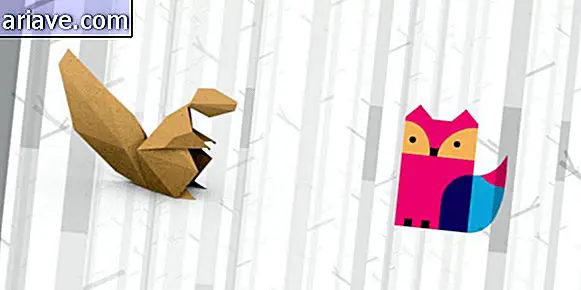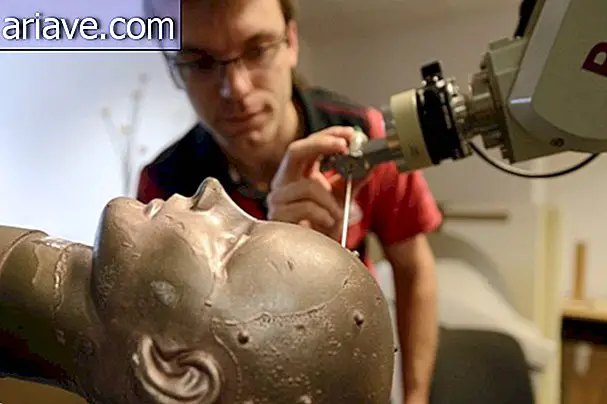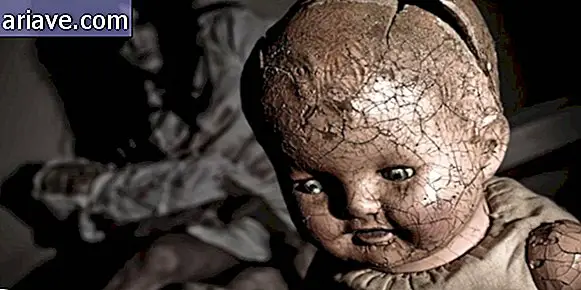10 Things You May Not Know About Egyptian Mummies
Egyptian civilization is fascinating for several reasons. From the constructions made at the time, plantations, all the developed technology and even the paintings, everything has a symbolism and a meaning. Funeral rituals are a great example, so we've listed 10 facts you probably don't know about these people.
10 - The price

Only Egyptian nobles went through the process of mummification. This happened not only for the title, but also for the value of the game. According to the writings of a 60-57 BC traveler, about 30 pounds of silver was the price of the most expensive mummification at one time of possible inflation.
Currently, the costs of supplies used in the process amount to about $ 15, 500, but specialized companies charge about $ 70, 000 (m $ 289, 000) to mummify from loved ones to pets.
9 - Medicinal Mummies
Between 400 AD and the 19th century, apparently mummies were used as medicines! Europeans believed that they were embalmed with natural bitumen, which could have medicinal effects, according to the belief of the time. However, this was pointless, as the Egyptians actually used resin - which is equally ineffective.
In the Middle Ages, the idea that mummified bodies had medicinal powers was still strong, and in the absence of mummies, dehydrated bodies of criminals were used. There is historical evidence of a process called melification, which consisted of mummifying bodies in honey and later being used as medicines.
8 - Pet Mummies

In addition to nobles and pharaohs, pets were mummified. Some even were created specifically for this purpose. Since the Egyptian gods were animal representations (such as the goddess Bastet, who has a human body and a cat's head, for example), it made sense to embalm cats, monkeys, fish, crocodiles and even oxen as an offering and tribute to the deities.
7 - Preparation for the afterlife
Composed of many gods, the religious practice of the Egyptians is a separate theme, and mummification is an important chapter in the process, both spiritually and economically, as many practitioners were involved. For them, death was only a passage to the next phase and not the end, so it was essential to keep the body intact and have the essentials with you for this new phase.
When someone died, it was believed that judgment would come, performed by the god Osiris and 42 judges. Anubis, the god of mummification, would guide the dead through his journey, and Thoth, the god of wisdom, weighed the soul of the deceased, who would travel with Ra through the afterlife.
6 - Beauty even after death

Since the mummification process served to prepare the body for the afterlife, it was important to ensure a good impression. The body of men was painted red and the body of women yellow. The eyes were replaced by small onions at first; later, they started using stones or glass.
Wigs or wool braided straight into the hair was also part of the set. The nails were already painted with henna, as evidenced by the hands of Pharaoh Ramses I. Interestingly, some types of makeup worn by the Egyptians still exist today - such as the kajal, a coal-based eyeliner widely used in the East.
5 - Natural Process

Anthropologists believe that the long and elaborate process of mummification used by the Egyptians was inspired by the desert region, which naturally mummified the dead. The bodies buried in the sand were preserved by the dry and arid climate; therefore, Egyptian civilization began to believe that decomposition was unnatural and should be avoided.
However, only after 800 years was organ removal incorporated into the process. It is estimated that mummies began to be buried in tombs and sarcophages about 5, 500 years ago.
4 - Arm Position
The way the mummy's arms were left is also important and indicates the period in which the process was performed. Arms crossed over the chest, for example, were used a lot for royalty. The pre-dynastic era was marked by mummies that covered their faces with their hands, arms crossed at the elbows. By the time of the Middle Kingdom of Egypt, between 2050 BC and 1710 BC, mummies were buried with their hands on their sides.
During the period of Ramesses II, the dead had their arms crossed over their lower bodies. Arms crossed with hands on shoulders indicate a later period of Egyptian history. Crossed arms were used only in the New Empire for royalty.
3 - Cheaper Options

In ancient Egypt, the poorer classes could not afford a complete mummification process for their loved ones. The only option was to curl the body and do the dehydration process without removing the internal organs. With the brain being considered the least important, it was also the last to be removed, which could be noticed if the corpse's nose was intact (yes, it went out there).
The very poor, in turn, only wrapped the dead man's body and left him in the desert to dry. The cavities were then washed with solvent, and the burial was done in a cemetery. Already the noble and rich gained the complete process, entitled to special tombs, with inscriptions and paintings from the Book of the Dead, Pyramid Texts and Sarcophagus Texts.
2 - Canopic vessels

Everything in Egyptian civilization has a reason and a meaning, especially the funeral ritual. With the beginning of the removal of organs, this procedure also gained a symbolism: the canopic vessels, where each removed part was stored, represented the four sons of Horus. Each flask had a different head: baboon, jackal, human and hawk. Their position in the tomb also showed the cardinal points associated with the goddesses Isis, Nephthys, Neit, and Serket.
1 - The Mummy's Curse

It can be said that this fact is fake news. The curses were invented a long time later to prevent tomb raiders and disrespect for the dead. Scientists who have evaluated the sites and contents of the tombs have proven that there is nothing dangerous.
Written warnings against the opening of Egyptian tombs date from the Middle Ages and discuss the supernatural qualities of mummies. The most famous is that of King Tutankhamun's tomb, and the fact that the man who funded the excavation died of a mosquito-borne disease encouraged the myth. Howard Carter, who discovered the tomb, died 16 years later.
***
Do you know the Mega Curioso newsletter? Weekly, we produce exclusive content for lovers of the biggest curiosities and bizarres of this big world! Register your email and do not miss this way to keep in touch!











